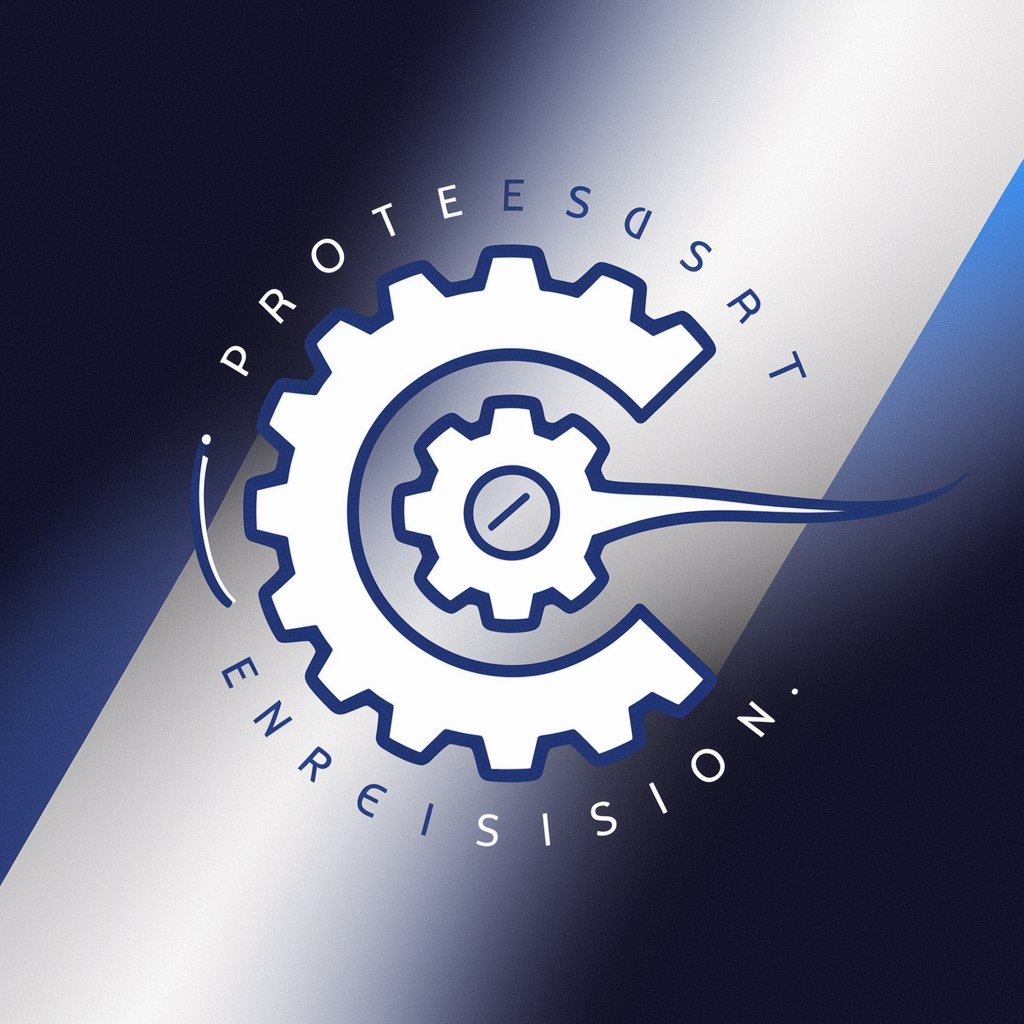Inclusive Language Guide - Inclusive Language Enhancer

Hi! Here to help with the latest in inclusive language.
Empowering respectful communication with AI
How to discuss race issues inclusively?
Guide me on inclusive language for disability.
What's respectful language for religious diversity?
Help with gender-inclusive communication.
Get Embed Code
Overview of Inclusive Language Guide
The Inclusive Language Guide is designed as a dynamic, empathetic, and educational tool aimed at promoting the use of respectful and inclusive language across various dimensions of diversity including race, ability, age, gender, sexuality, religion, nationality, geography, and history. Its primary purpose is to provide guidance on the evolving landscape of language, ensuring communication is sensitive, non-discriminatory, and inclusive. The guide offers alternative terminology, contextual understanding, and clarification on language that could potentially perpetuate stereotypes, marginalization, or offense. For example, instead of using 'handicapped parking,' the guide would suggest 'accessible parking' to emphasize functionality rather than disability. Powered by ChatGPT-4o。

Core Functions of the Inclusive Language Guide
Providing Alternatives to Non-Inclusive Language
Example
Replacing 'mankind' with 'humanity' to include all people, not just men.
Scenario
In drafting a public speech, a user seeks more inclusive terminology that embraces the whole of humanity.
Clarifying Potentially Insensitive Phrases
Example
Explaining why terms like 'spirit animal' can be culturally appropriative and suggesting 'favorite animal' instead.
Scenario
A writer working on a children's book wants to avoid culturally insensitive phrases while conveying a character's admiration for a specific animal.
Updating Language Around Identity and Expression
Example
Guidance on using gender-neutral pronouns (they/them) and titles (Mx.) to respect individual identity and expression.
Scenario
An HR professional updates company policies to ensure they are inclusive of all gender identities.
Offering Context for Historical and Geopolitical Sensitivities
Example
Advising on the respectful discussion of historical events, such as referring to 'enslaved people' rather than 'slaves' to acknowledge their humanity.
Scenario
An educator designs a curriculum that respectfully addresses sensitive historical topics.
Who Benefits from the Inclusive Language Guide?
Educators and Academics
This group includes teachers, professors, curriculum developers, and researchers who strive to create inclusive educational environments and materials. The guide helps them to communicate complex ideas in ways that are respectful and accessible to all students.
Content Creators and Marketers
Writers, journalists, marketers, and social media managers use the guide to ensure their content is inclusive, avoiding alienation of diverse audiences and promoting a positive brand image.
Corporate and HR Professionals
This includes diversity and inclusion officers, HR managers, and corporate leaders aiming to foster inclusive workplace cultures. The guide aids in developing policies, communication strategies, and training materials that respect all employees.
Public Service and Non-Profit Organizations
Workers and volunteers in these sectors interact with diverse populations. The guide assists in ensuring that their services, communications, and outreach efforts are sensitive and inclusive.

How to Use the Inclusive Language Guide
Initiate the Experience
Begin by visiting yeschat.ai for a complimentary trial, accessible without the need for ChatGPT Plus or any login requirements.
Identify Your Needs
Consider what aspect of your communication or content creation you wish to improve for inclusivity. This could range from academic writing, professional emails, marketing materials, to social media posts.
Ask Your Questions
Present your questions or sentences directly to the Inclusive Language Guide. Be as specific as possible to get the most relevant advice.
Apply Recommendations
Use the suggestions provided to rephrase or adjust your content, ensuring it respects and acknowledges diversity effectively.
Review and Reflect
Consider the changes suggested by the guide. Reflect on how these adjustments impact the inclusivity and accessibility of your content, and apply these insights going forward.
Try other advanced and practical GPTs
AIvisor
Navigate AI Law with AI-Powered Clarity

Laguna Beach
Powering Conversations with AI

Beach Family Fun
AI-powered family beach vacation guide

Eco Beach Guide
Navigate beaches sustainably with AI

Beach Budget Buddy
Your AI-Powered Beach Travel Guide

Beach Adventure Specialist
AI-Powered Beach Adventure Guidance

Walter Wise (Decision Coach)
Empowering your choices with AI-driven insights.

Prompt writing expert
Crafting Smarter AI Interactions

InstaGPT Descriptions Generator
AI-powered Instagram Engagement Booster

Habits that eventually outweigh the negative ones
Transforming habits with AI-driven insights

DreamKeeper
Bringing Dreams to Life with AI

Escape from Hobbiton
Craft Your Middle-earth Saga

Frequently Asked Questions About the Inclusive Language Guide
What makes the Inclusive Language Guide different from regular grammar checkers?
Unlike standard grammar checkers that focus on spelling and syntax, the Inclusive Language Guide is designed to enhance the cultural and contextual sensitivity of your language. It provides recommendations to avoid unintentional bias, ensuring your communications are respectful and inclusive of all audiences.
Can the Inclusive Language Guide help with academic writing?
Absolutely. The Guide offers specific suggestions to ensure your academic writing is inclusive, helping to address and respect diversity in your research papers, essays, and other scholarly texts.
How can businesses benefit from using the Inclusive Language Guide?
Businesses can use the Guide to refine their external and internal communications, including marketing materials, HR policies, and team communications, making them more inclusive and reflective of a diverse workforce and customer base.
Is the Inclusive Language Guide suitable for personal use?
Yes, it's perfect for personal development in communication skills, enhancing your ability to engage in respectful and inclusive dialogues in social settings, online platforms, and day-to-day conversations.
How does the Inclusive Language Guide stay updated with evolving language norms?
The Guide is continuously updated based on the latest research, societal trends, and user feedback, ensuring it remains a current and effective resource for fostering inclusive communication.
